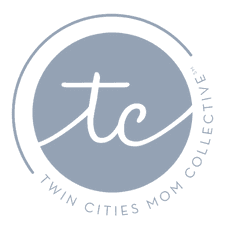This fall as students head back to class it will unilaterally be a new and different experience for kids and parents alike, with most schools choosing an academic hybrid model. While change can feel daunting and uncertain, there are at least 5 reasons this educational reinvention could be incredible for all of us. Especially our kids.
#5: We are in need of an educational shake up.
Being an educator for almost 20 years, I have been craving a change as of recently. With this in mind, a bit ago I started down the rabbit hole that is the current educational reform discussion and learned of huge discoveries being made in schools in regards to more play and project-based learning, outdoor education, homework elimination, and the removal of toxic practices involved with standardized testing.
Several social media groups have even formed with the main goal of discussing ways to not waste the potential opportunity for change a crisis (like a pandemic!) offers. Their purpose is to seek out the silver linings amidst this current hardship. Models like the hybrid school system (a combination of small groups learning in person, and distance learning) allow our societal muscle memory on “school” to reset. Many educational gurus agree that school itself hasn’t changed much in over 200 year! Isn’t it reasonable to consider some shifts?
#4: Academic attention.
Currently in the education system, if students qualify additional assistance academically or behaviorally, they are allowed a legal document called an Individualized Education Program (IEP). With this plan, the student has a case worker (usually a special education teacher) who sets goals for them to achieve and works in coordination with the general education teacher and the parents to work towards those goals.
For years I’ve thought how wonderful it would be for ALL STUDENTS to have an IEP. What if the gifted students needing a challenge had a plan too? What about the students who slip through the cracks, the ones who don’t raise their hand, and the marginal achievers who just need to be inspired? Here’s where I’m going with this… with the hybrid model, teachers only have a portion of their class at a time. Meaning they can potentially give more personal attention to each child!
I know some parents are concerned that their child will fall behind with only attending school in person for 2-3 days a week (depending on which hybrid model your district chooses), but I think we can achieve MORE if done correctly! With less distractions that come with having a large class size, and more focused one-on-one explaining, think of what we can cover in a short period of time!
#3: Outdoor lessons.
Can teachers take a class of 30 students outside under normal circumstances to do outdoor lessons? Of course. But I know some teachers are uncomfortable with not having the control the inside classroom offers. There are more risks outdoor, more chances that kids could get lost or spread out. Or distracted. But with a class of only 12-15 students, outdoor lessons suddenly become more manageable.
Scandinavian countries, like Finland and Sweden, have really embraced the outdoor learning trend with fascinating success. Students are learning in non-traditional ways by getting more fresh air and connections with nature. Many places are finding calmer kids and more learning is accomplished with the addition of nature-based and outdoor learning programs.
#2: The possibility of more recess and breaks.
Similar to being able to oversee half the class at a time outside, we have the possibility of more recess and breaks. (Friends, don’t even get me started on the schools that are talking about cutting or limiting recess. That is an article for another day!) But the reality is, students have been learning at home since March! They are used to having more time to play outside, and flexing their distance learning based on the schedule that works best for each individual family…you better believe they are going to need recess more than ever now!
And I don’t just mean outside time, I mean free play. According to Pasi Sahlberg and William Doyle in Let the Children Play; How More Play Will Save Our Schools and Help Children Thrive, “The more that child’s play is truly free and unstructured, the greater the benefits can be.” (physical, cognitive, social and emotional benefits). BECAUSE we only have half the class to manage, and BECAUSE we are potentially getting more done in a short amount (see #4), we have more flexibility in our schedule and opportunities for free play.
Four years ago, I started a 10 minute free play outdoor morning break in addition to regular recess. I immediately saw calmer kids; kids who came in refreshed and ready to learn. And there was far less of a need for me to “tap dance” to get their attention when they were tired of sitting at a desk all morning.
#1: Connections.
I love being a teacher, I always have. But I can’t tell you how many times I climbed into my car at the end of the day feeling ultimately defeated, for the sole reason that there is only one of me. With a large class size, there is no way one teacher can meet all of the social and emotional needs of every child – and that kills me.
Many leading educational writers claim that this is something teachers need to acquiesce and admit that we are simply doing the best we can. Yet as long as I am teaching, I refuse to shrug off a child that is asking for help. Multiple times I’ve laid in bed at night realizing I never got back to a child who needed to talk to me, simply because I got pulled in another direction.
These days there are more and more children who need help with emotional regulation due to toxic stress from trauma and ACEs (Adverse Childhood Experiences). Many fellow teachers agree that our kids are dealing with more and more than they used to. When I think about being able to focus on half my class’s needs at a time…it just makes my heart happy. And let me tell you a hard truth about school return: our kids’ emotional needs are our biggest concern! Educationally, they are going to be ok. But educational changes due to the pandemic are a lot for a growing child to process. We need more nurturing right now, more eye contact, and more connection.
It’s true that I tend to be an eternal optimist, but I can’t help but be a bit excited…what if this is exactly what is needed in education right now?

Susan (Susie) Wangen is a Minnesota native and a fourth grade teacher in the southwest suburbs. She is also a certified ACEs presenter and has a passion for play and recess. She lives with her husband, Scott, and her two darlings; Charly (2009)-through the miracle of infertility treatments and Auggie (2015)- through the miracle of adoption. During the summer you might find her reading the latest children’s books or freelance writing and blogging. She also loves to cook, run, and attempt to capture and bottle contentment. You can follow her on her blog at Through the Treetops.




